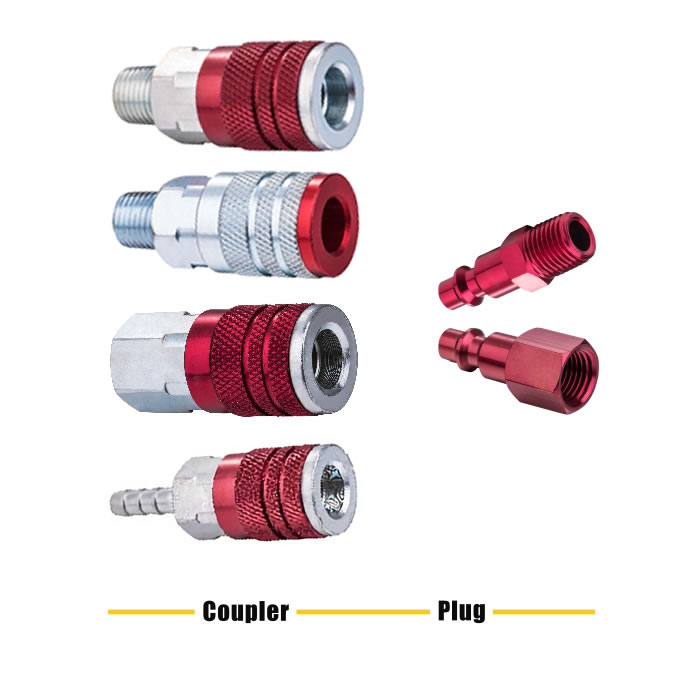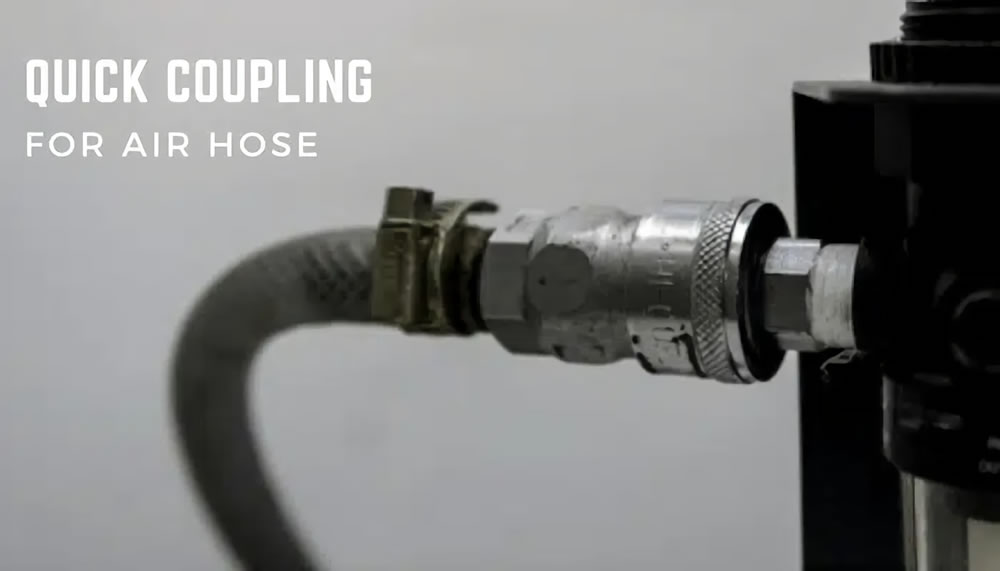Cleaning And Maintenance Tips for Quick Couplings
Quick release couplings are an essential tool for all activities using hydraulic circuits in daily operations. Oil and gas, earth moving, industrial, transport and agricultural applications use quick couplings to change accessories efficiently and safely.
These quick coupling mechanisms are specifically designed to perform coupling and disconnection procedures without the use of tools and without causing leakage or contamination. The hydraulic fittings in these applications must remain very much intact under pressure, even though the hydraulic circuit may be easily opened. Preventing high pressure fluid leaks is essential to prevent potential danger to the operator.
Quick release couplings designed to be extremely durable and long lasting are a wise investment and can offer many cost saving benefits. High quality quick release couplings can reduce spare parts costs, equipment downtime and work accidents. However, improper use and maintenance can reduce efficiency and may lead to accelerated wear. The high performance level of quick release couplings can only be guaranteed if they are used in accordance with the guidelines specified in the technical data sheet, such as dynamic fluid pressure and the degree of corrosion resistance of the material in relation to the environmental conditions of use. maintenance is carried out according to the methods and intervals indicated by the manufacturer.
Industrial Quick-Connect Couplings LU17-2
Learn the jargon
When selecting a quick-connect, it helps to be familiar with some common terms. Some quick-connects can be shut off only at the body, often referred to as SESO for Single End Shut Off. Other models feature Double End Shut Off or DESO. SESO stems have no valves and remain open when uncoupled. DESO stems have valves and shut off when uncoupled, as does the body. Not sure which one you have? DESO quick-connects come with a red marker on them.
"Spillage" is exactly what it sounds like, the amount of fluid that drains out when the connection is uncoupled. You'll also see references to "air inclusion," which is the amount of air trapped inside the quick-connect when it is coupled to the rest of the system. Then there are the locking rings that maintain a connection, known as locking dogs.
Some series allow flow in only one direction, from the body to the stem. Other series allow bidirectional flow. Some series will not uncouple under pressure, while others require various amounts of pressure in order to uncouple. Figure out which features you want, and we can help you find the quick-connect that has them. So if you need a DESO with bidirectional flow, locking dogs, a release button and system pressures of 50 PSI to 250 PSI to uncouple.
Cleaning and maintenance tips for quick couplings
1) Clean the coupling area and use protective caps
A little care and preventive maintenance during daily use will extend the service life of hydraulic quick release couplings. Pre-cleaning the coupling area and using a suitable protective cap is a very small cost in terms of effort and time, but makes a significant difference in terms of long-term performance and durability.
2) Do not use tools that could cause damage and leaks
Quick release couplings are designed to operate without additional tools that could cause damage and compromise function. In particular, the release of residual pressure must be entrusted to an appropriate mechanism, as external intervention can lead to unwanted leaks and possible ground contamination.
3) Regular maintenance checks
Inspections should be carried out at regular intervals, depending on the application, in order to prevent complications during use.
Recommended maintenance includes the following.
Thorough cleaning of external components
Lubrication of the coupling area or moving parts with oil/grease compatible with the specific seal
Coupling and decoupling tests
Checking the correct tightening torque of the adapter
Checking coupling and decoupling seals
Check the level of hydraulic contamination of the circuit
4) Replace quick couplings as required and in good time
Based on the test results, the replacement of quick couplings should be evaluated and planned in advance to avoid interruptions in daily operation due to inefficient or worn components.



评论
发表评论